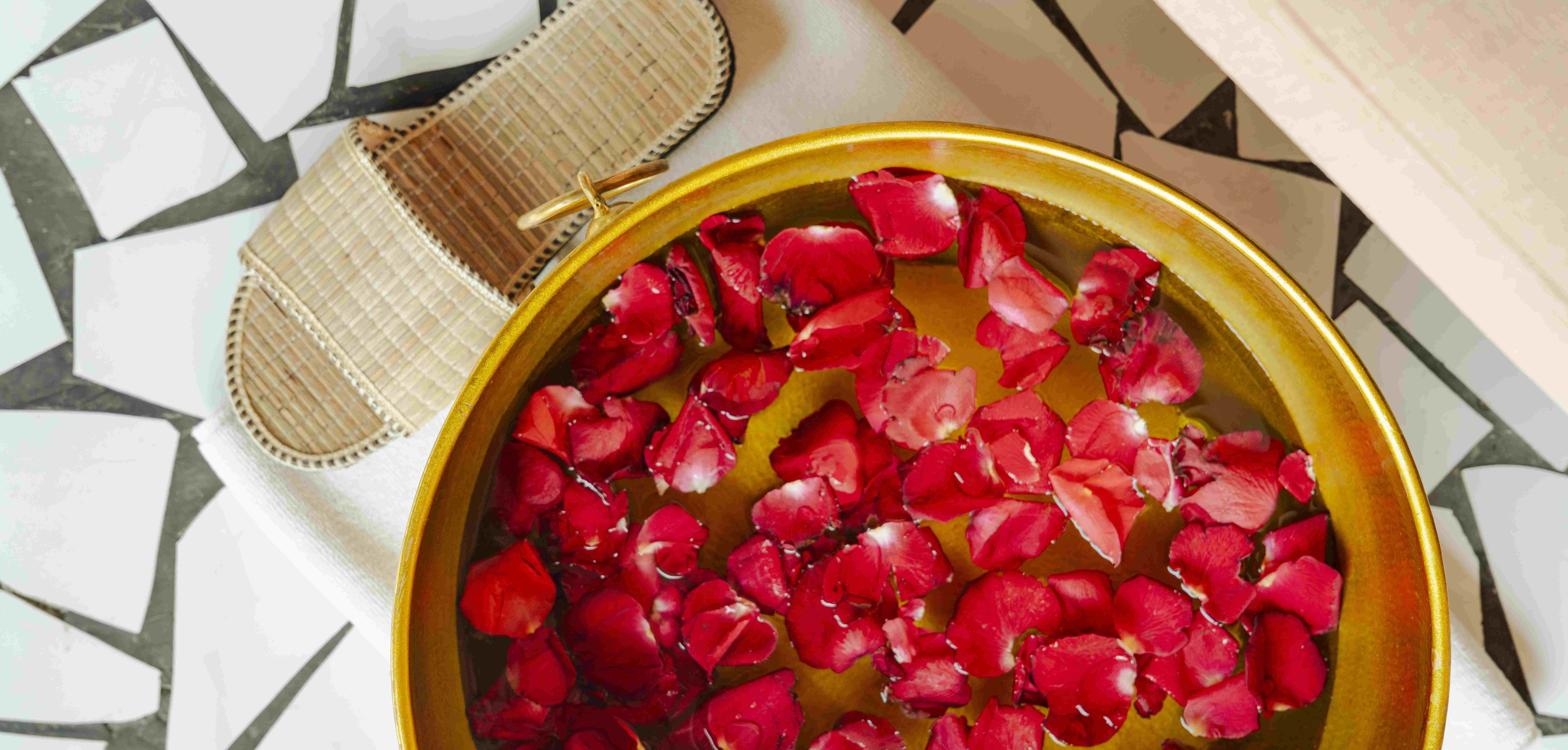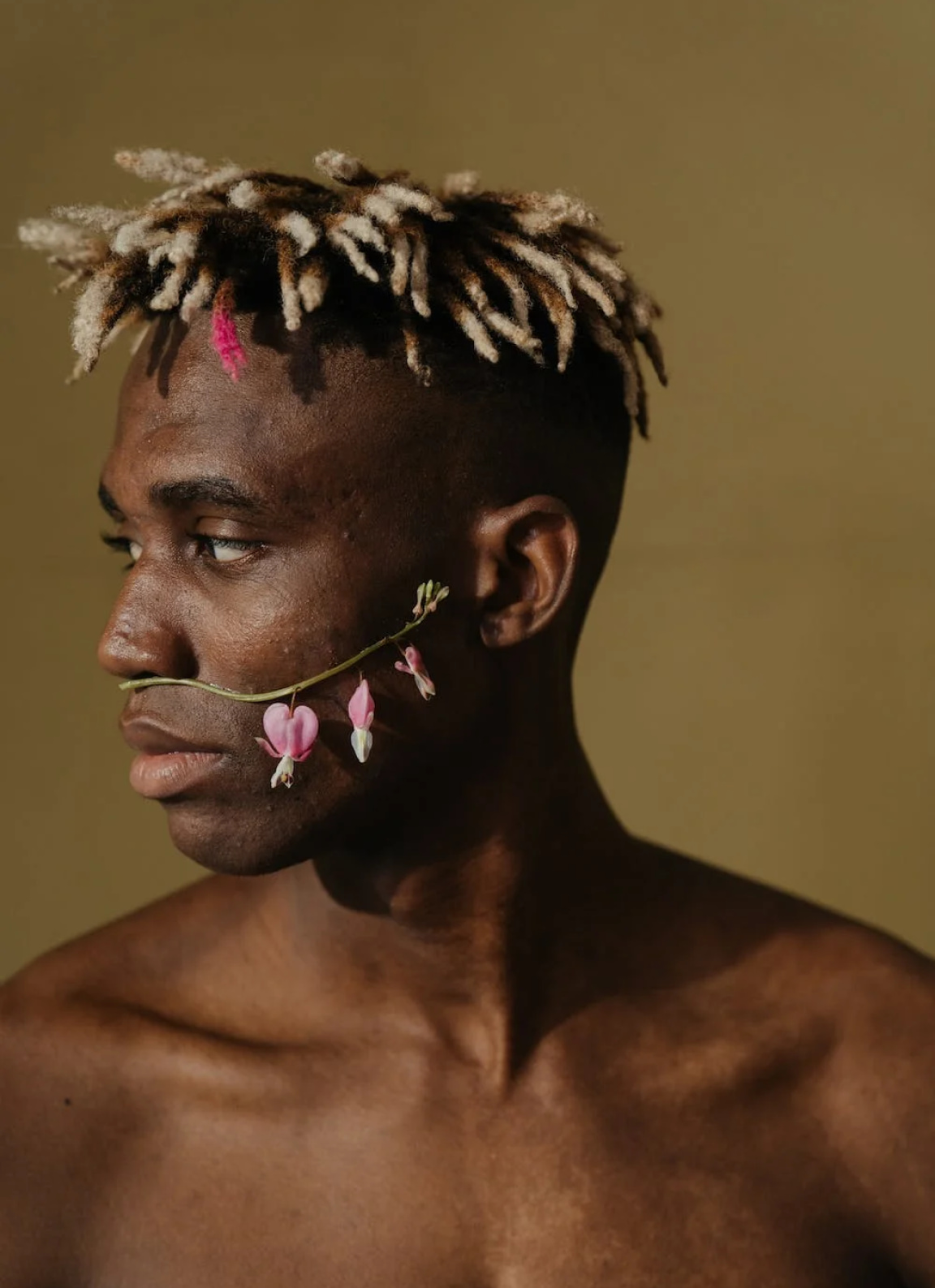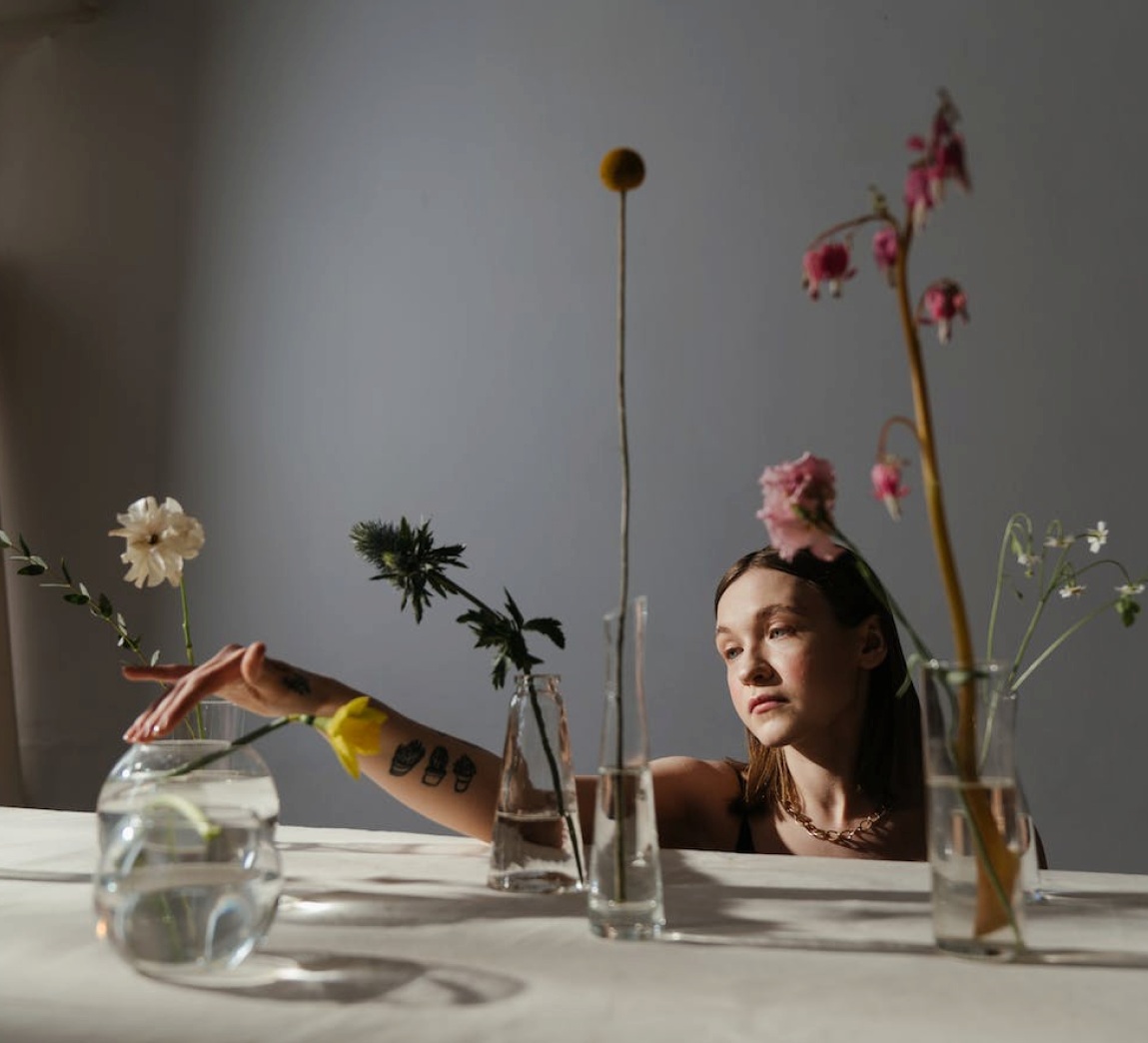SOUP CANS, SUNFLOWERS AND SUFFRAGETTES
On a rainy morning in March 1914, a woman in a tight-fitting grey coat and skirt walked into the National Gallery in London’s Trafalgar Square. Her name was Mary Richardson, and contemplating art was the last thing on her mind. Richardson had a plan, and she knew her actions would mean she would be escorted from the premises by the police.
Making her way through the building to gallery 17, Richardson eventually stopped in front of a canvas depicting a female nude reclining on a bed.
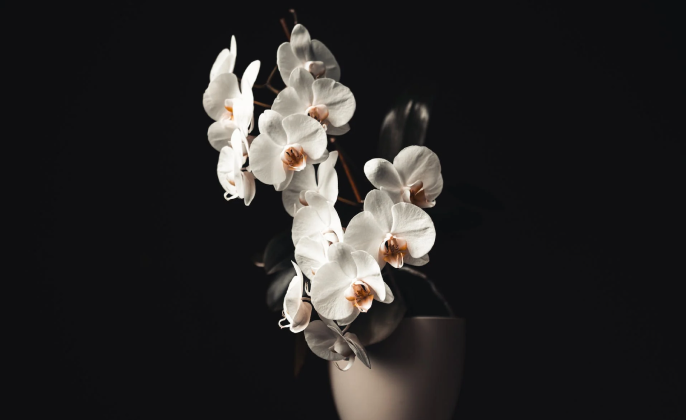

As she was led away, bystanders heard Richardson shout ‘Yes, I am a suffragette. You can get another picture, but you cannot get a life, as they are killing Mrs Pankhurst.’ Richardson was referring to Emmeline Pankhurst (1858–1928), the founder of the Suffrage movement and leader of the Women’s Social and Political Union, which was a women-only political organisation campaigning for the right for women to vote in the early 20th century. Mrs Pankhurst was at that point on hunger and thirst strike in Holloway Prison after being jailed for her part in increasingly militant campaigning.
BUT WAS THIS AN EFFECTIVE WAY FOR JUST STOP OIL TO SPEAK TO THE PUBLIC ABOUT THEIR POLITICAL AGENDA ?
There was widespread condemnation from the media and the public in the aftermath of Richardson’s attack on this National Gallery treasure. The act was described as an ‘outrage’, and she became known as Mary ‘The Slasher’ Richardson referencing the crimes of the famous murderer Jack The Ripper. The general consensus was that nothing political could ever be achieved from this sort of wanton destruction of property, that it was ‘intellectual second-ratedness’ that led to these actions, and what on earth did votes for women have to do with works of art anyway?
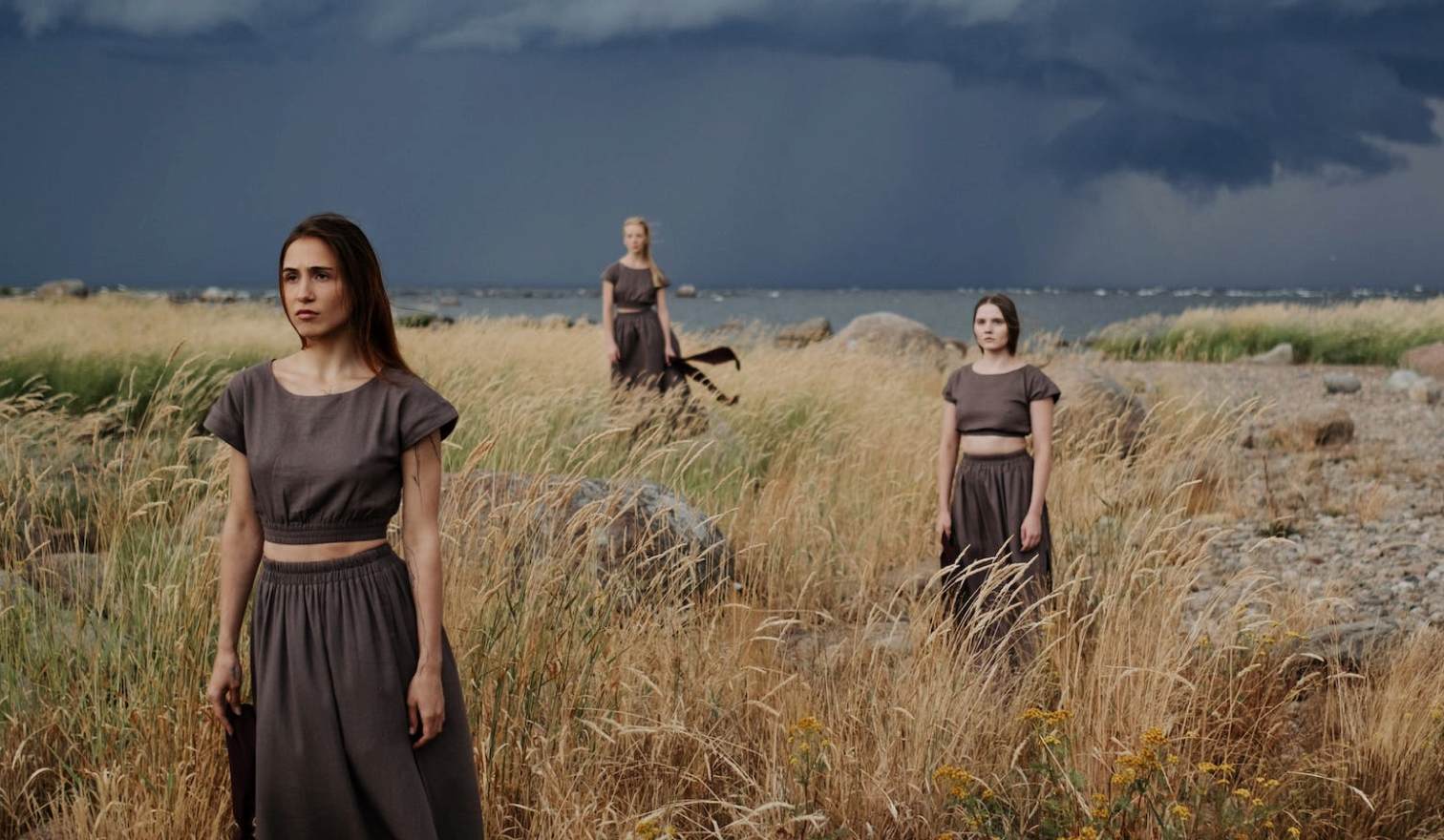

And that’s the point, isn’t it: it’s not that these young people want to destroy art. They want publicity, just as the Suffragettes did. And their tactics are doing exactly that. The Sunflowers attack was one of the top stories on the BBC last Friday night. They want to be headline news for a cause which frankly should be top of our political agenda. Because what’s the point in galleries preserving artworks if in a few decades it is all washed away in the flood anyway?




